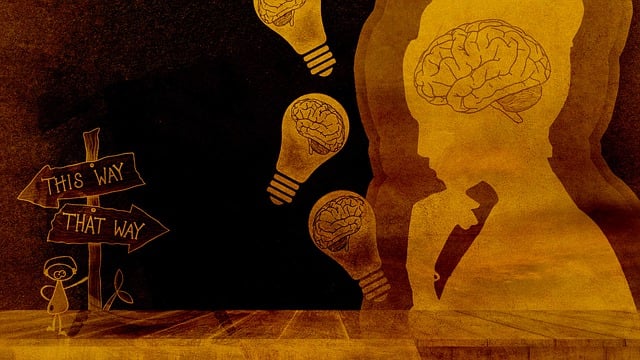The stigma surrounding mental health issues, particularly sexual addiction in adolescents, creates barriers to essential services like therapy. To combat this, a multi-faceted approach is needed: educational campaigns to dispel myths, promoting emotional regulation techniques, and fostering supportive environments. Cognitive-behavioral therapy (CBT) proves effective for sexual addiction treatment by modifying thought patterns, teaching healthier coping, and empowering teens to make informed decisions about their sexual health. Tailored mental health education programs can destigmatize conversations around sex and addiction, encouraging early help-seeking and reducing long-term psychological harm. CBT and similar therapeutic methods play a crucial role in treating adolescent sexual addiction while contributing to broader mental illness stigma reduction efforts.
Mental illness stigma remains a significant barrier to seeking treatment and support. This article explores comprehensive strategies to reduce this pervasive social issue, emphasizing the critical role of understanding its impact on mental health. We delve into effective approaches, including education, media representation, and policy changes. Furthermore, we focus on therapy as a powerful tool in addressing specific concerns like sexual addiction among adolescent teens, providing hope and healing for affected individuals.
- Understanding the Impact of Stigma on Mental Health
- Strategies for Reducing Stigma: A Comprehensive Approach
- The Role of Therapy in Addressing Sexual Addiction among Adolescent Teens
Understanding the Impact of Stigma on Mental Health

Stigma surrounding mental health issues can have devastating effects on individuals’ lives, particularly adolescents and teens who are navigating their sexuality and identity. The impact is multifaceted; it often leads to a lack of support, isolation, and even barriers to accessing essential services like therapy for sexual addiction. This internalized shame can cause significant emotional distress, affecting their ability to form healthy relationships and maintain good mental health.
Reducing the stigma requires a collective effort to foster Mental Health Awareness and promote understanding. By normalizing conversations about mental illness and encouraging open dialogue, we can help adolescents struggling with issues like sexual addiction to seek treatment without fear of judgment. This process involves educating communities, schools, and families about Emotional Regulation techniques and Burnout Prevention strategies, ensuring that young people have a supportive environment in which to heal and grow.
Strategies for Reducing Stigma: A Comprehensive Approach

Reducing stigma surrounding mental illness requires a multifaceted approach that addresses societal perceptions and empowers individuals to seek support. One key strategy involves education and awareness campaigns that promote understanding and dispel myths about various conditions, including sexual addiction in adolescent teens. By presenting accurate information and personal narratives, these initiatives can foster empathy and reduce fear or judgment.
Additionally, the development of coping skills and self-care practices plays a crucial role. Encouraging open conversations, offering supportive environments, and integrating empathy-building strategies into therapy sessions can help individuals manage their symptoms effectively while fostering resilience. These comprehensive efforts not only support those struggling with mental health issues but also contribute to creating a more inclusive and supportive society.
The Role of Therapy in Addressing Sexual Addiction among Adolescent Teens

Addressing sexual addiction among adolescent teens is a critical aspect of mental illness stigma reduction efforts. Therapy plays a pivotal role in helping young individuals grapple with this issue, offering them safe spaces to explore and understand their behaviors. Specifically, cognitive-behavioral therapy (CBT) has proven effective in treating sexual addiction by identifying and modifying negative thought patterns and teaching healthier coping mechanisms. This approach empowers teens to make informed decisions regarding their sexual health and relationships, thereby promoting mental wellness.
Mental health education programs design tailored for adolescents can incorporate therapeutic techniques to destigmatize conversations around sex and addiction. By fostering open dialogue, these programs encourage teens to seek help early on, reducing the likelihood of long-term psychological harm. In light of the above, therapy emerges as a powerful tool not just in treating sexual addiction but also in cultivating resilient mental health habits among adolescent teens, ultimately contributing to broader mental illness stigma reduction efforts.
Mental illness stigma reduction is a multifaceted endeavor that requires education, empathy, and access to effective treatments like therapy for adolescent teens with sexual addiction. By implementing comprehensive strategies outlined in this article, we can foster understanding, promote support, and ultimately improve mental health outcomes for all individuals affected by these conditions. Through continued efforts, we can create a more inclusive society where those facing mental health challenges feel empowered to seek help without fear of judgment.










